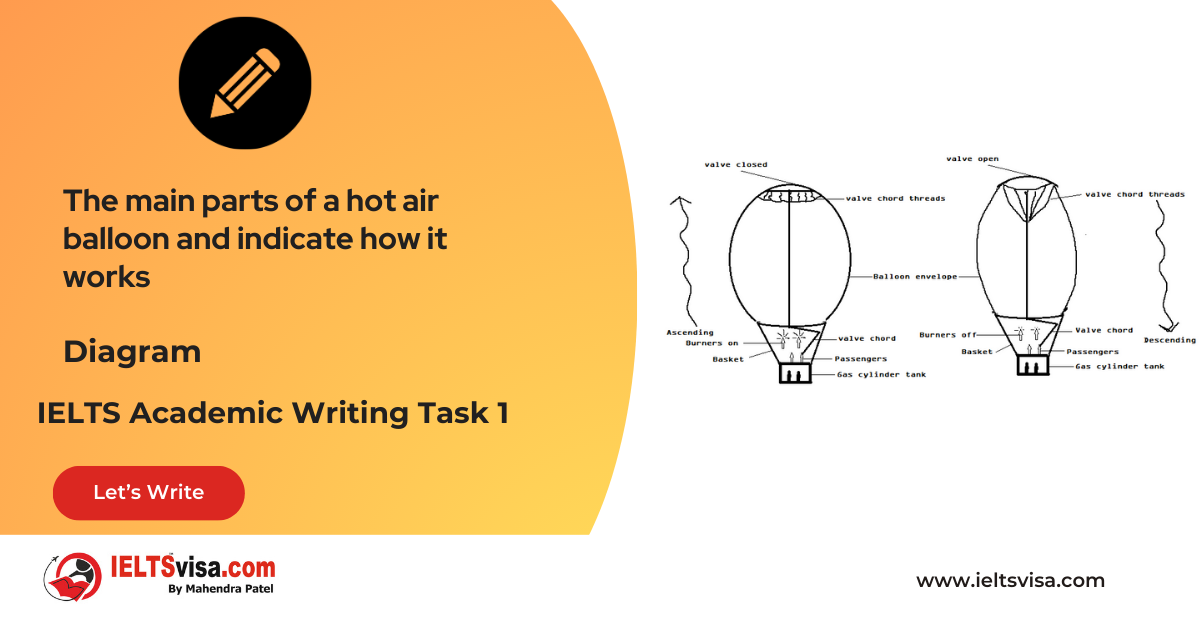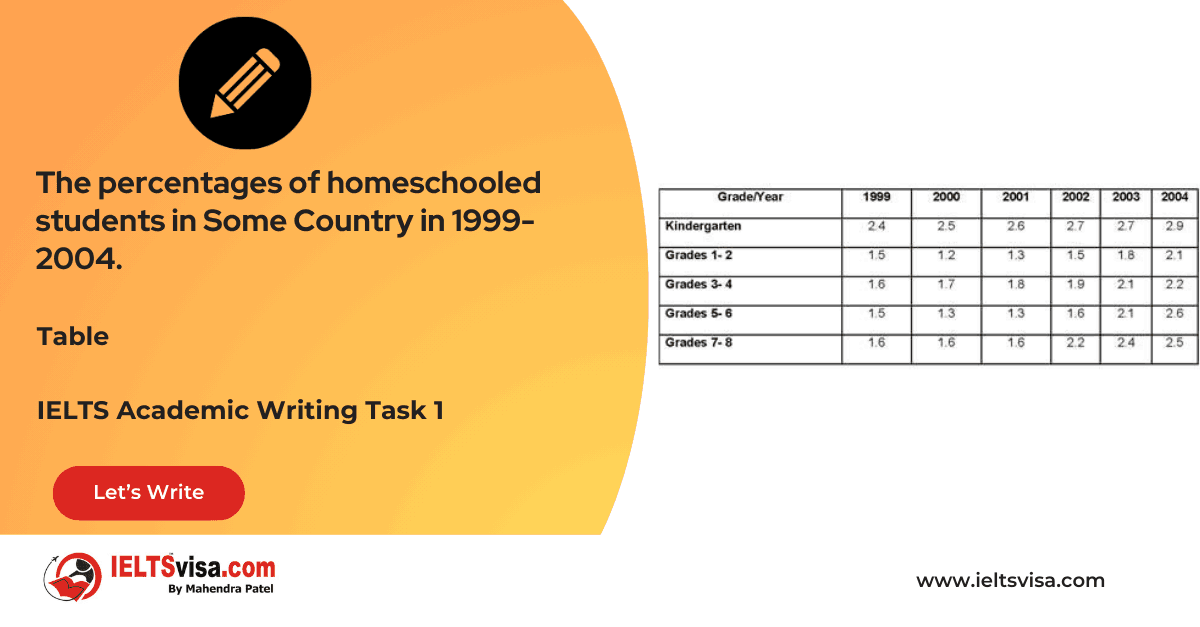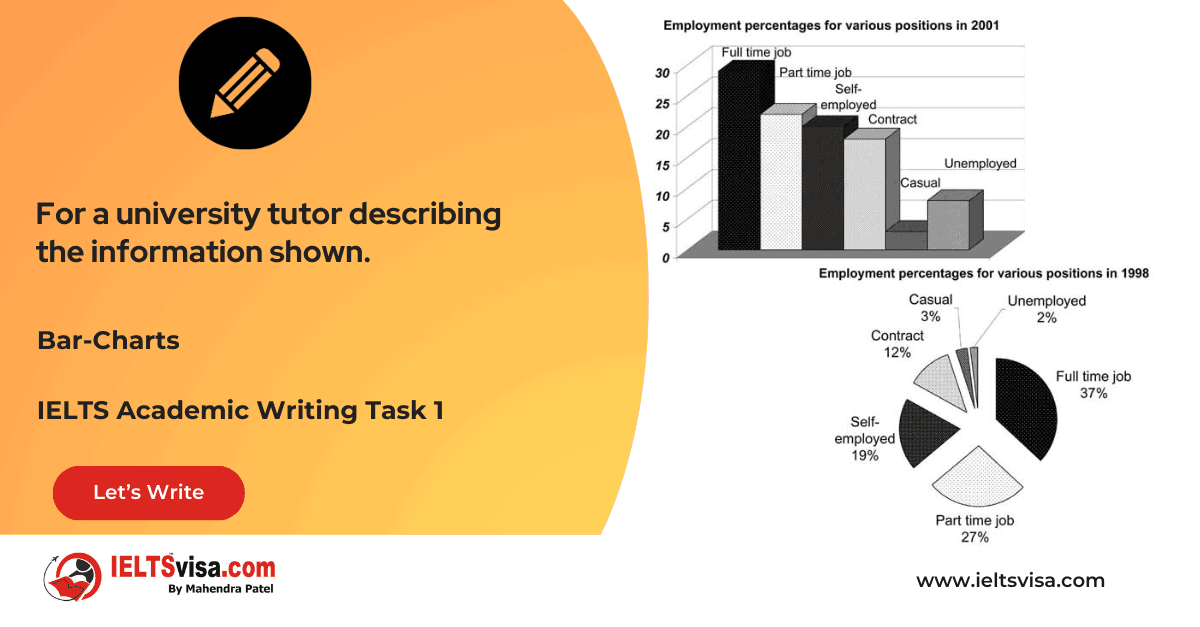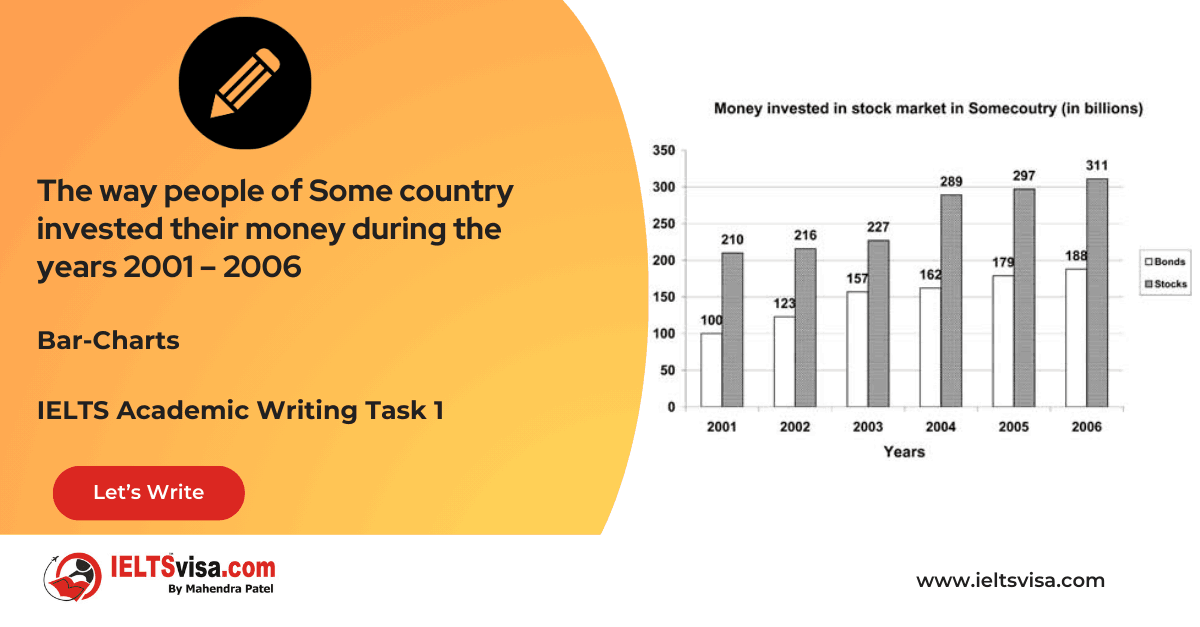Information about the situation of marriage and age from 1960 to 2000 in Australia
IELTS Academic Writing Task 1 - Tables
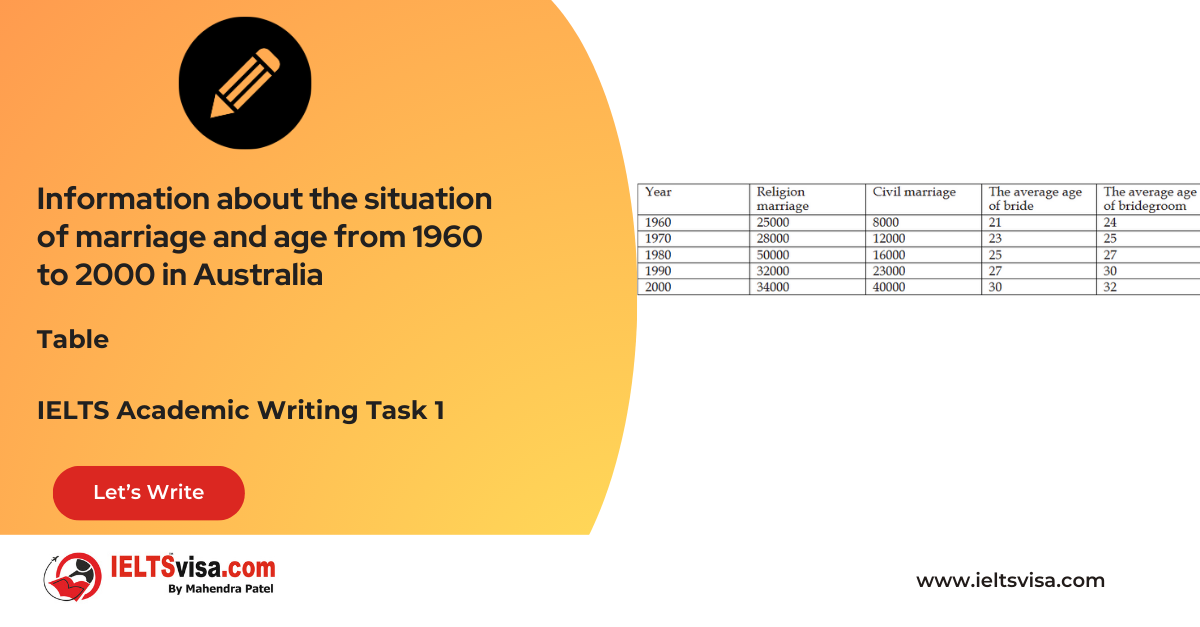
IELTS Writing Task 1 Question
The table below gives information about the situation of marriage and age from 1960 to 2000 in Australia. Summarize the information by selecting and reporting the main features, and make comparisons where relevant.

Common Questions for the Table
1. Graph Type: Table
2. Title: Marriage Statistics in Australia (1960-2000)
3. What are the units of measurement?: Number of marriages, average age (years)
4. Who: Brides and grooms in Australia
5. When: Years 1960, 1970, 1980, 1990, and 2000
6. Where: Australia
7. Topic: Trends in marriage types and average age at marriage
Comparison Showing and Trends Any change over time (such as an increase or a decrease) is a trend.
Comparison 1: Religious vs. Civil Marriages
- Details:
- Religious marriages started at 25,000 in 1960, peaking at 50,000 in 1980 but then declining to 34,000 by 2000.
- In contrast, civil marriages rose significantly from 8,000 in 1960 to 40,000 in 2000, indicating a marked shift in marriage preferences.
Comparison 2 : Average Age of Brides and Grooms
- Details:
- The average age of brides increased from 21 years in 1960 to 30 years in 2000, while grooms’ average age rose from 24 to 32 years during the same period.
- This trend suggests that people are choosing to marry later in life.
Sample Answer
The table presents data on marriage types and the average ages of brides and grooms in Australia from 1960 to 2000. Notably, the number of religious marriages fluctuated, whereas civil marriages experienced significant growth over the four decades.
In 1960, there were 25,000 religious marriages, which rose to 28,000 in 1970 and peaked at 50,000 in 1980. However, this number fell sharply to 32,000 in 1990 and slightly increased to 34,000 by 2000. In contrast, civil marriages rose dramatically, starting from just 8,000 in 1960 and reaching 40,000 by 2000.
The average age of brides and grooms also saw a notable increase, with brides’ ages rising from 21 years in 1960 to 30 years in 2000, while grooms’ ages climbed from 24 to 32 years.
Overall, these trends indicate a growing preference for civil marriages and a tendency for individuals to marry later in life.
Top 27 Vocabulary
| Vocabulary | Meaning | Synonyms | Examples | Type |
| Fluctuated | To rise and fall irregularly | Vary, change | “The number of religious marriages fluctuated over the years.” | Verb |
| Civil | Relating to citizens, not religious | Secular | “Civil marriages grew significantly in popularity.” | Adjective |
| Dramatic | Sudden and striking in appearance or effect | Significant, striking | “Religious marriages showed a dramatic fall in the 1990s.” | Adjective |
| Average | The typical amount, calculated as a mean | Mean, typical | “The average age of brides increased steadily.” | Noun |
| Peak | To reach the highest point | Climb, rise | “The number of religious marriages peaked in 1980.” | Verb |
| Presents | To show or display information | Displays, Shows | “The table presents data on marriage types and ages.” | Verb |
| Notable | Worthy of attention or notice | Remarkable, Significant | “There was a notable rise in civil marriages.” | Adjective |
| Experienced | To undergo a particular event or change | Underwent, Encountered | “Civil marriages experienced significant growth.” | Verb |
| Decades | A period of ten years | Ten years, Era | “Over the four decades, marriage trends changed.” | Noun |
| Sharp | Sudden and dramatic | Steep, Abrupt | “There was a sharp decline in religious marriages.” | Adjective |
| Slightly | To a small extent | Marginally, Minimally | “Religious marriages slightly increased by 2000.” | Adverb |
| Increased | Became larger in size or quantity | Grew, Expanded | “The average age of brides increased significantly.” | Verb |
| Tendency | An inclination toward a certain type of behavior | Trend, Propensity | “There is a tendency for individuals to marry later.” | Noun |
| Preference | A greater liking for one option over another | Choice, Inclination | “There was a growing preference for civil marriages.” | Noun |
| Rising | Increasing or going upward | Growing, Climbing | “The age of brides and grooms has been rising.” | Verb/Adjective |
| Contrast | A striking difference between two things | Difference, Distinction | “The contrast between civil and religious marriages is clear.” | Noun/Verb |
| Climbed | To increase gradually or steadily | Rose, Ascended | “The age of grooms climbed from 24 to 32 years.” | Verb |
| Declined | To decrease in quantity, quality, or importance | Dropped, Fell | “Religious marriages declined sharply in 1990.” | Verb |
| Demonstrates | To show clearly or prove | Shows, Illustrates | “The data demonstrates changing marriage preferences.” | Verb |
| Significant | Sufficiently great or important | Major, Noteworthy | “Civil marriages showed significant growth over time.” | Adjective |
| Steady | Gradual and continuous | Consistent, Stable | “The age of brides increased at a steady pace.” | Adjective |
| Patterns | Regular or repeated behaviors or trends | Trends, Arrangements | “Marriage patterns shifted dramatically after 1980.” | Noun |
| Doubled | To increase twofold | Multiplied, Increased | “Civil marriages doubled from 8,000 to 16,000 by 1970.” | Verb |
| Evident | Clearly visible or obvious | Apparent, Clear | “The preference for civil marriages is evident.” | Adjective |
| Shift | A change in position, direction, or trend | Transition, Change | “There was a shift toward later marriages by 2000.” | Noun/Verb |
| Peak | To reach the highest or most important level | Zenith, Summit | “The number of religious marriages peaked in 1980.” | Verb/Noun |
| Surged | To rise suddenly or powerfully | Soared, Escalated | “Civil marriages surged in the late 20th century.” | Verb |

Our Books
Master IELTS Speaking Part 1
IELTS Writing Task 1 Book
IELTS Writing Task 2 Book
Writing Task 1 Question Types
Practice IELTS Other Modules
IELTS Listening
The IELTS Listening test assesses how well you can understand spoken English in various contexts. It lasts about 30 minutes and is divided into four sections with a total of 40 questions. The listening tasks become increasingly difficult as the test progresses.
IELTS Academic Reading
The IELTS Academic Reading section assesses your ability to understand and interpret a variety of texts in academic settings. It is designed to evaluate a range of reading skills, including skimming for gist, reading for main ideas, reading for detail, understanding inferences, and recognizing a writer's opinions and arguments.
IELTS Speaking
The IELTS Speaking test assesses your ability to communicate in English on everyday topics. It lasts 11-14 minutes and consists of three parts: introduction, cue card, and a discussion based on the cue card topic.
IELTS General Reading
IELTS General Reading tests your ability to understand and interpret various types of texts. Here are some key areas and types of content you can expect to encounter in the reading section, along with tips for effective preparation.
IELTS Academic Writing Task 1
In IELTS Academic Writing Task 1, you are presented with a visual representation of information, such as graphs, charts, tables, or diagrams, and you are required to summarize, compare, or explain the data in your own words.
IELTS General Writing Task 1
In IELTS General Writing Task 1, you are required to write a letter based on a given situation. The letter can be formal, semi-formal, or informal, depending on the prompt. Here’s a breakdown of the key components to include in your letter
IELTS Academic Writing Task 2
In IELTS Academic Writing Task 2, you are required to write an essay in response to a question or topic. Here’s a guide to help you understand the essential elements of this task
IELTS Exam Tips
To succeed in the IELTS exam, practice regularly, familiarize yourself with the test format, improve your vocabulary, develop time management skills, and take mock tests to build confidence.
Grammer for IELTS
Grammar is the foundation of effective communication in English. Understanding tense usage, subject-verb agreement, and sentence structure enhances clarity and coherence in writing and speaking.
Vocabulary for IELTS
Vocabulary plays a crucial role in the IELTS (International English Language Testing System) exam, especially in the Speaking and Writing sections. Here’s an overview of why vocabulary is important and how it impacts your performance
RECENT IELTS SAMPLES QUESTIONS AND ANSWERS
Task 1 – Diagram – A conference hall built in 1981 and planned for 2020
20:00 Start Pause Stop [df_adh_heading title_infix="IELTS Writing Task 1 Question" use_divider="on"...
Task 1 – Table – The percentages of homeschooled students in Some Country in 1999-2004.
20:00 Start Pause Stop [df_adh_heading title_infix="IELTS Writing Task 1 Question" use_divider="on"...
Task 1 – Table – For a university tutor describing the information shown.
20:00 Start Pause Stop [df_adh_heading title_infix="IELTS Writing Task 1 Question" use_divider="on"...
Task 1 – Bar-Charts – The way people of Some country invested their money during the years 2001 – 2006
20:00 Start Pause Stop [df_adh_heading title_infix="IELTS Writing Task 1 Question" use_divider="on"...
Task 1 – Diagram – Rainwater Harvesting and Conversion to Drinking Water in an Australian Town.
20:00 Start Pause Stop [df_adh_heading title_infix="IELTS Writing Task 1 Question" use_divider="on"...
Task 1 – Column graph – Percentage of Young People Enrolled in Universities in 2000 and 2007.
20:00 Start Pause Stop [df_adh_heading title_infix="IELTS Writing Task 1 Question" use_divider="on"...

